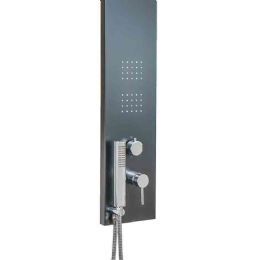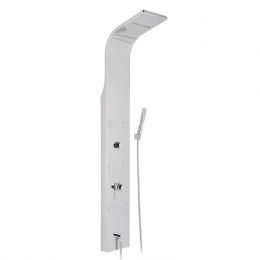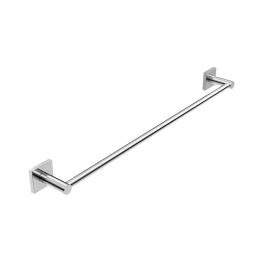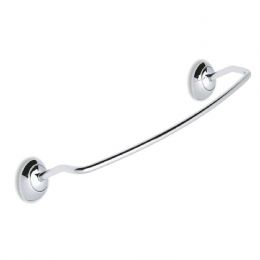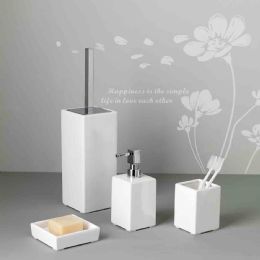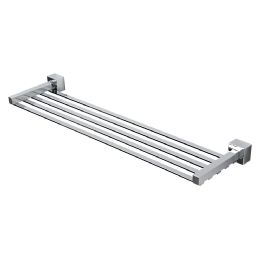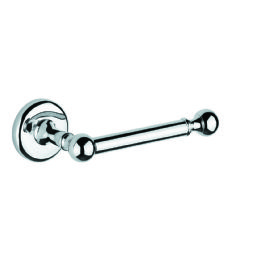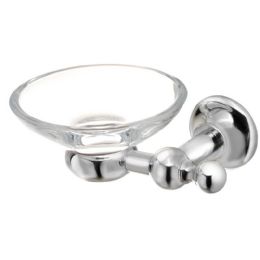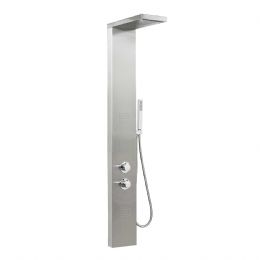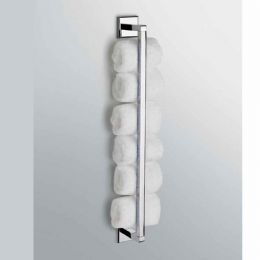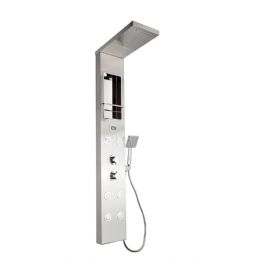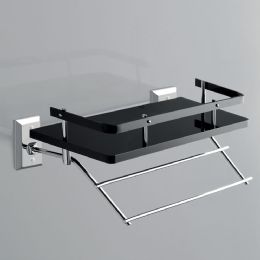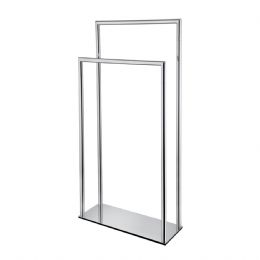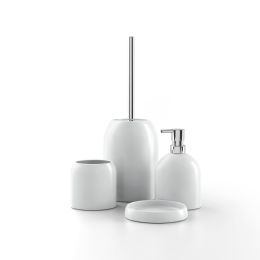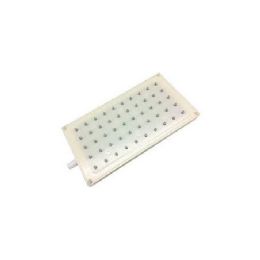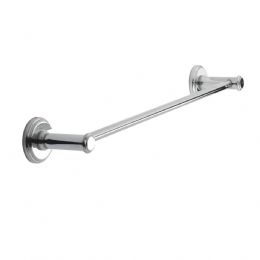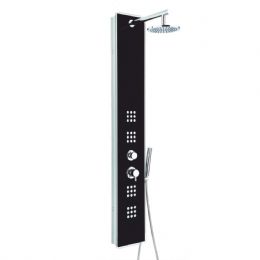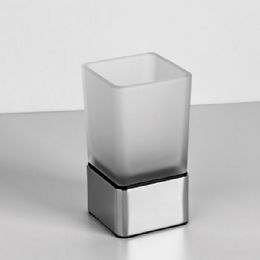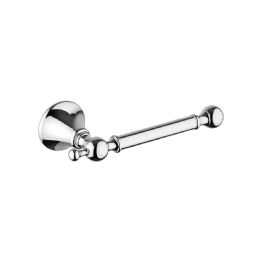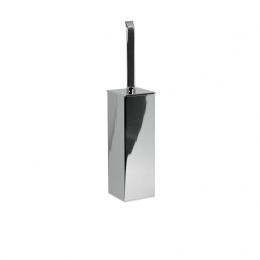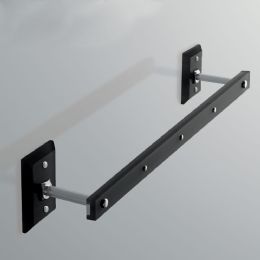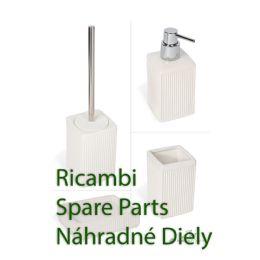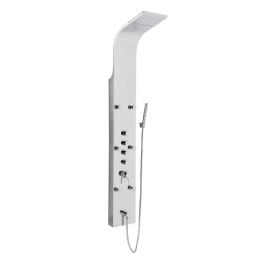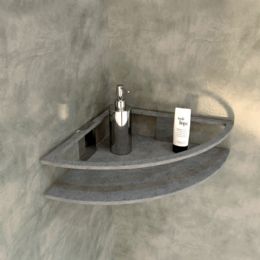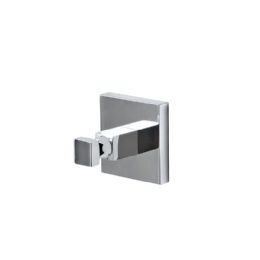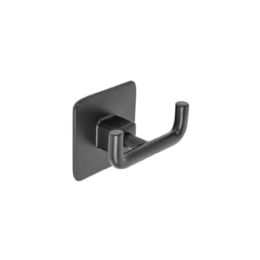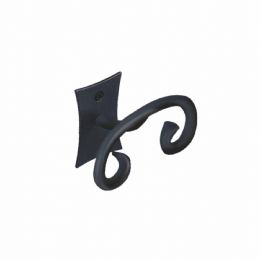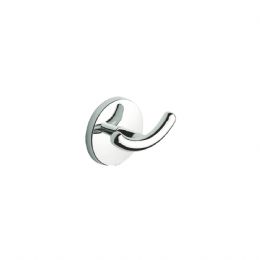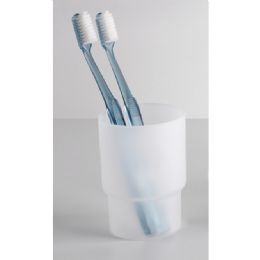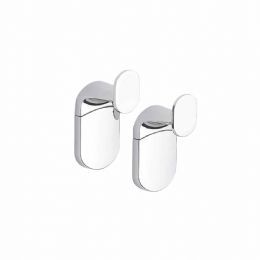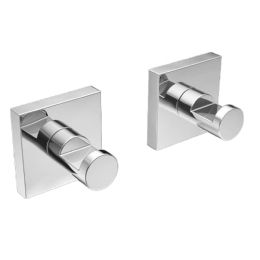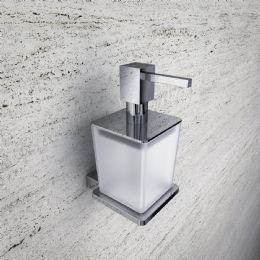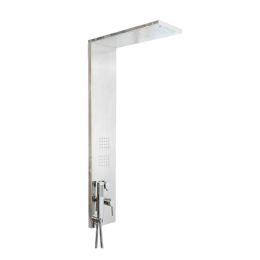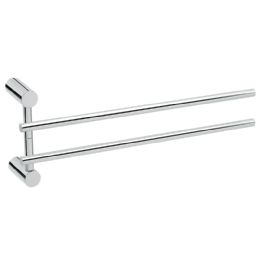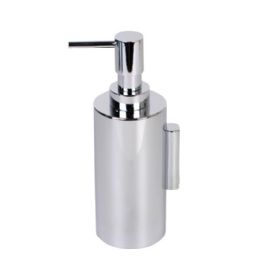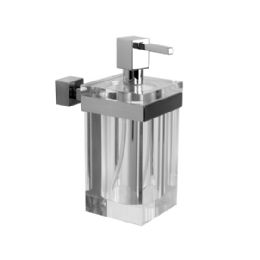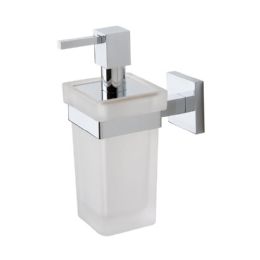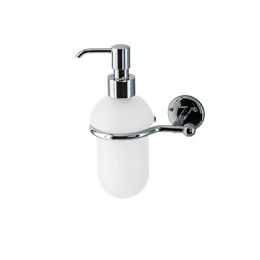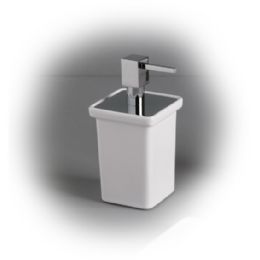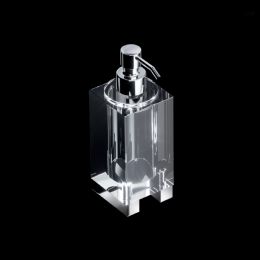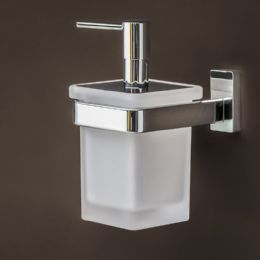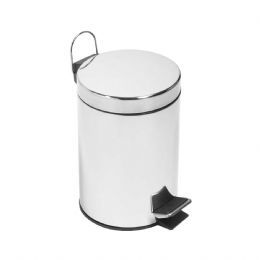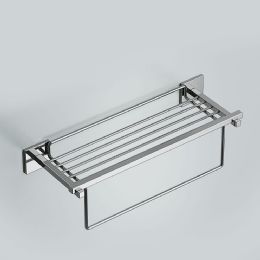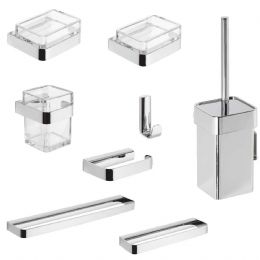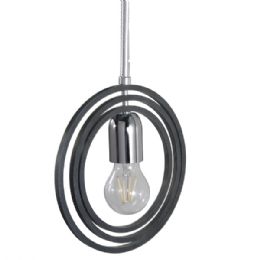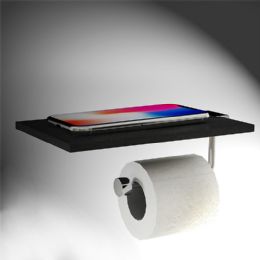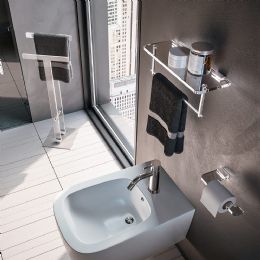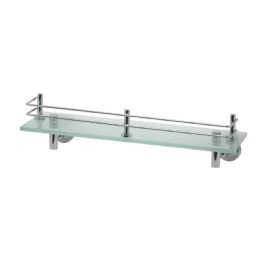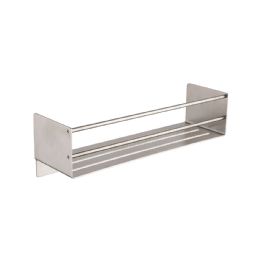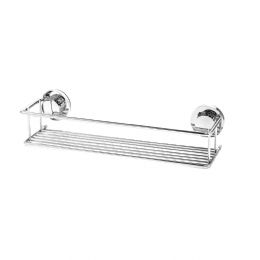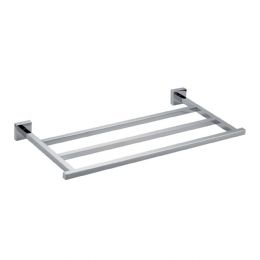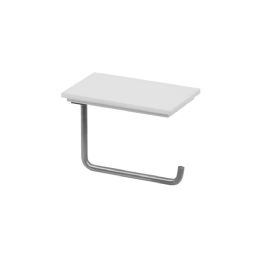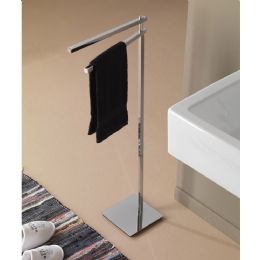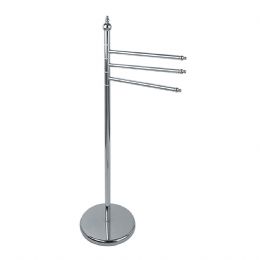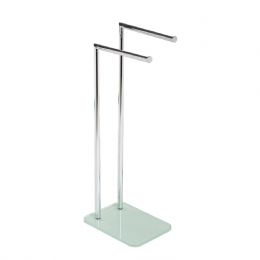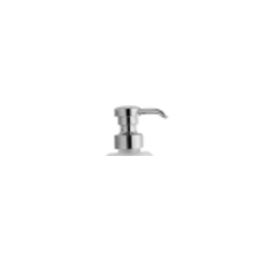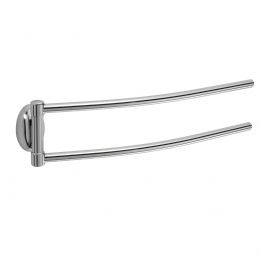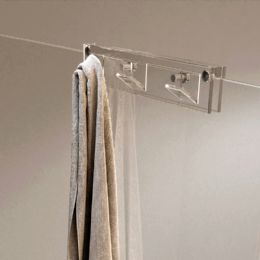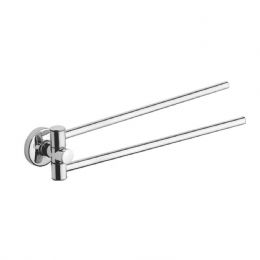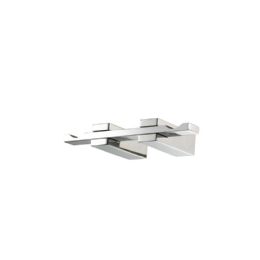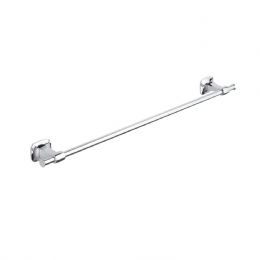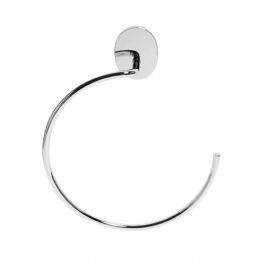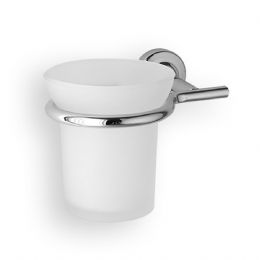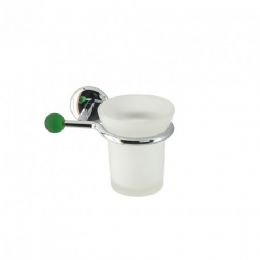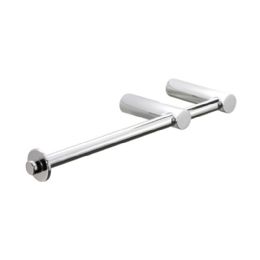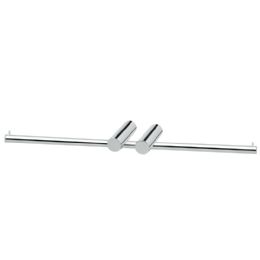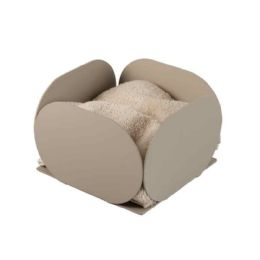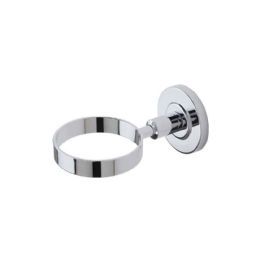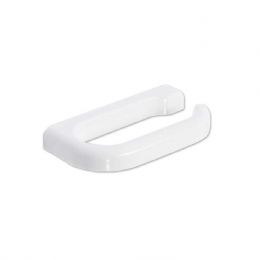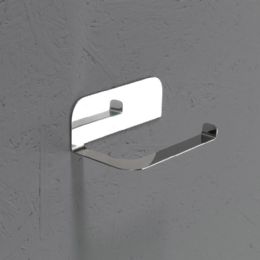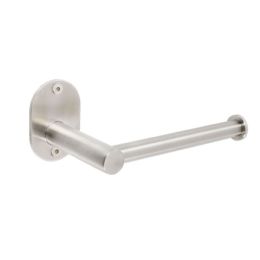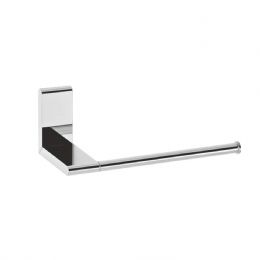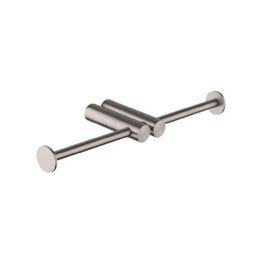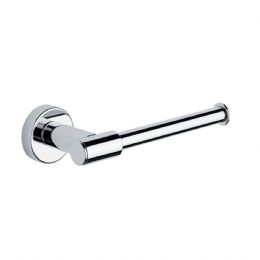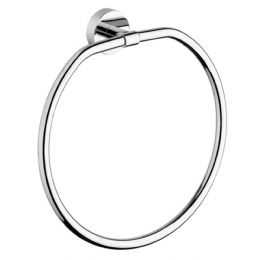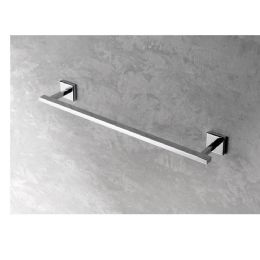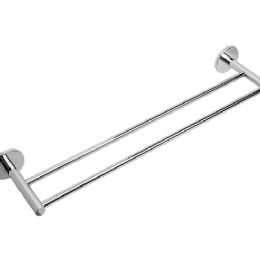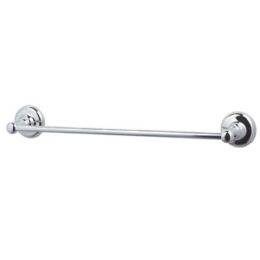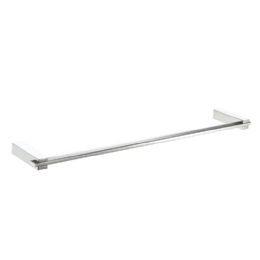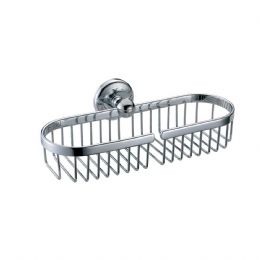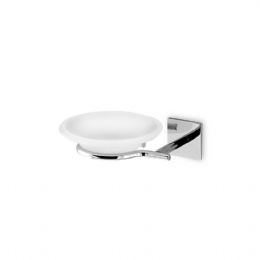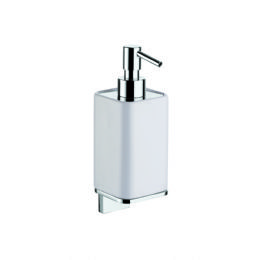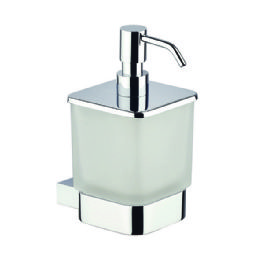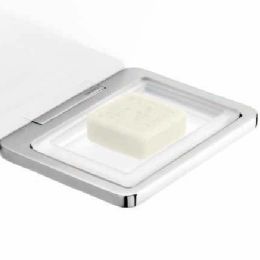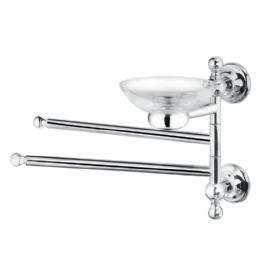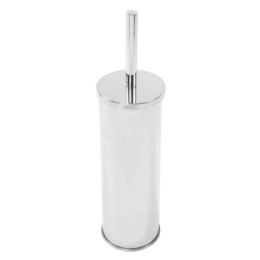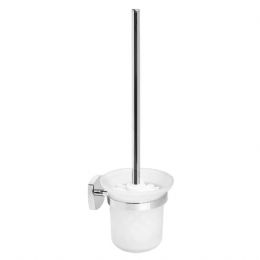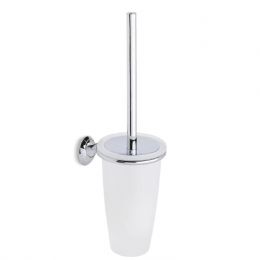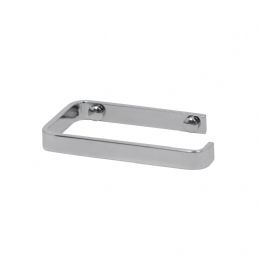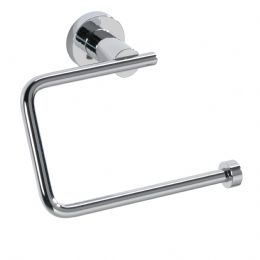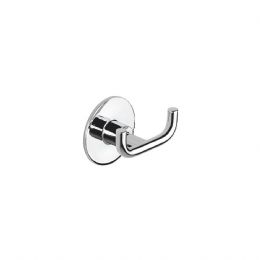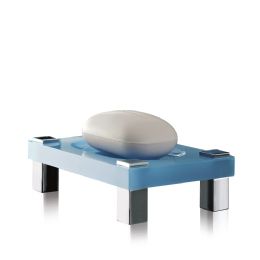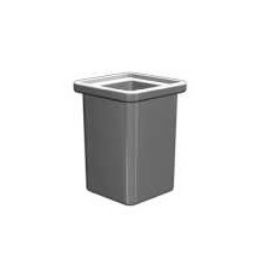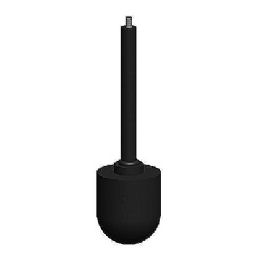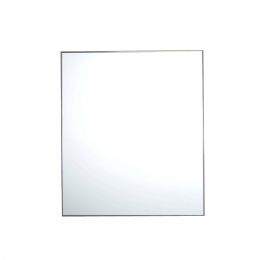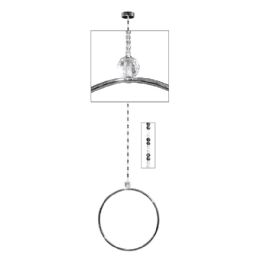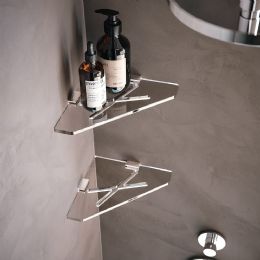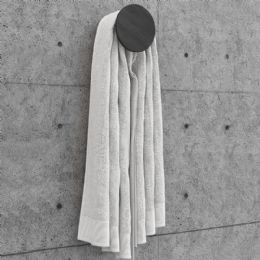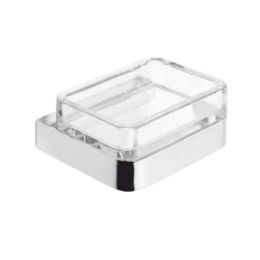Online shop for Italian products
Ricambi colonna doccia Black and White
Offer
Shower column Elizabeth
Offer
Suite porta asciugamani 60
Offer
Towel holder 30 Stile Cromo
Offer
Bathroom accessories Set Cube
Offer
bathtub net shelf DAMA
Offer
Molecular organizer,memory of water
Offer
soap dish in glass Pesci
Offer
Thermostatic Shower column Manhattan plus
Offer
Mensola con ringhiera e portasalviette Grip
Offer
Standing with double towel rail h 84 cm. AM 616
Offer
Accessori da appoggio Bird bianca
Offer
Towel holder 45 Impero
Offer
Hydromassage shower panel Crystal
Offer
Toothbrush holder Nook
Offer
Porta scopino Ambiente
Offer
Free-standing Toilet Brush Holder K914
Olio essenziale di Amyris 10 ml
Offer
Square Brush holder Trend
Offer
Portasalviette Grip L. 445
Ricambio accessori bagno Zoe'
Offer
SET ACCESSORI BAGNO DA APPOGGIO ANNIKA
Offer
Hydromassage shower panel Niagara
Offer
Angoliera con ringhiera Zen
Offer
Twins hanger Cold wind black
Offer
Twins hanger Rebecca
Offer
Twins hanger One duo Cromo
Offer
Appendino Tecnohotel inox
Offer
Bicchiere da appoggio Easy
Offer
Cestello doccia doppio Grip
Offer
Double hanger Zero cromo
Offer
Double hanger Hotel Maison
Offer
Soap dispenser SWING
Offer
Doppio porta salviette snodo Ebe
Offer
Dosatore a muro in metallo (l’articolo non può essere incollato) Hot
Offer
liquid soap dispenser in plexiglass DAMA
Offer
Liquid soap dispenser Cuba
Offer
Liquid Soap Dispenser Elite
Offer
Dosatore in cristallo satinato ZEUS
Offer
Dosatore liquido da appoggio Quadrica
Offer
Dosatore sapone liquido a parete Vanity
Offer
Dosatore sapone liquido Slim
Offer
Griglia con portasalviette Mood
Offer
Bathroom accessories kit 25 - 8 items
Offer
Lampadario tondo ad anelli filo d’acciaio regolabile Zen
Offer
Mensola con porta carta sotto in metallo cromo Zen
Offer
Mensola doccia 25 Optima
Offer
Mensola con portasalviette Simple
Offer
Mensola in Cristallo Satinato
Offer
Mensola per doccia 30 Maxima
Offer
Mensola plurifunzionale 42 New Chrome 2.0
Offer
Towel rack 60 cm. QU 813
Olio essenziale di lemongrass BIO-CODEX
Offer
Corian Surface with Toilet Roll Holder IDRA
Offer
Piantana a 2 bracci Quadrica
Offer
Standing with 3 towel rails h 95 cm CA 615
Offer
Towel stand, ' ZERO'
Offer
Pompetta spandi sapone per Grip e Gallery
Offer
Swivel towel holder Duemila
Offer
Appendi abiti 3 posti in plexiglass per bordo doccia (spessore vetro fino a mm 8) Giotto
Offer
Swivel towel holder T-line
Offer
Double coat hooks MINIMAL
Offer
Towel holder 56 Aida
Offer
Ring towel holder Bird
Offer
Toothbrush holder Dance chrome plated brass
Toothbrush holder Elite in chromed brass and coloured glass
Offer
Porta bicchieri da appoggio Flat
Offer
double toilet paper holder cm. 31x7x2,2 EBE
Offer
Porta lavette in alluminio
Offer
porta phon hair dryer holder cm. 6,5x11,5x5,5
Offer
Toilet roll holder Cut
Offer
Porta rotolo aperto Blizz
Offer
Open toilet roll holder Ella
Offer
Closed toilet roll holder Aida
Offer
Toilet roll holder TE 235
Offer
Porta salvietta ad anello cm TH 213
Offer
Towel rail l 40 Nook
Offer
Towel Holder Quadrica
Offer
Towel holder +liquid soap dispenser, 40 cm Picasso
Offer
Porta salviette doppio Nova
Offer
porta salviette towel rail cm. 40x7,5x5,5
Offer
Basket soap holder in brass SH 137
Offer
Soap holder Desire in chromed brass
Offer
Liquid soap dispenser holder in ceramic AT128
Offer
Liquid soap holder Essenza
Offer
pivoted soap dish in glass 2 towel rails Pesci
Offer
Porta scopino Cold wind Cromo
Offer
Wall mounted toilet brush holder One cromo
Offer
Wall brush holder Q-line
Offer
Wall mounted toilet brush holder, Stile Cromo
Offer
Porta spazzolini 25 Balck
Offer
PORTA SPAZZOLINI WIND BLACK
Offer
Porta spazzolino Pratica
Offer
Toilet paper Roll holder IRIS
Offer
Paper roll holder ring DECO
Offer
Portasapone da appoggio Eden
Offer
Portaspazzolini a parete Ciak
Offer
Portaspazzolini da appoggio II Luce
Offer
Portaspazzolini da appoggio Luce
Ricambio bicchiere ceramica Quadrica
Ricambio ciuffo in setola per art. PQ14
Offer
Salviette di cortesia (kit 5 pz) in puro cotone spugna 500gr
Offer
Scala porta salviette in plexiglass con 6 scalini in metallo cromo Giotto
Offer
Mirror Mathilde with applique
Offer
Angolare doccia Joly
Offer
Porta salviette “fungo” Zen
Offer
Porta sapone 25 Cromo
Our aim is to present and diffuse objects made in Italy. Our commitment is to select in an increasingly larger objects more beautiful and functional result of a craft that make these unique items.
Living in Italy we have the ability to deal directly articles that you will find on our site.
Prices are competitive, this is a conscious choice we have to give way for anyone to be able to receive our products. This is our short presentation everything else you can find with a simple clik, each object is equipped with a photo description, navigation is simple and effective, as well as how to purchase is as simple and fast with a guaranteed delivery system by our company and our patners.
The selection of items and services on offer is done with absolute care to provide only the excellence of Italian production and property at the best price and the best terms possible.
We rely on the competence and professionalism of specialist consultants in each industry, our products are sourced from companies that know and of which we can guarantee absolute professionalism and excellence in their respective industries.
The challenge that we want to share with our users is finalized to research the harmony between the new and the known, using daily the experience, that is present in products of Italian tradition, with the research of new sensations originating by typical creativity of Mediterranean geniality.

